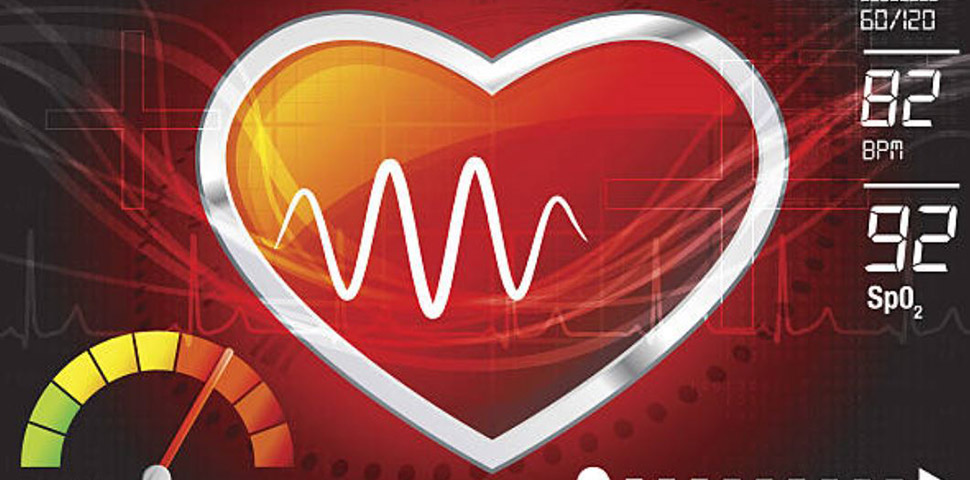Principal Investigators: Joseph Starbin, Vivek Varadarajan, Salim Idriss, Wanda Neu
Application Number: 14/130.363, 15/134,881
UNCG Innovation: 11-0019
Category: Nanoscience
Description:
A method of determining the susceptibility to ventricular arrhythmias in a subject, the method including determining a reserve of refractoriness (RoR) and a reserve of memory (RoM) and combining the reserve of refractoriness (RoR) and the reserve of memory (RoM) to produce a metric of stability-of-propagation reserve (SoPR) in the subject, a higher value of SoPR indicating lower susceptibility to ventricular arrhythmias in the subject. Systems and apparatus for carrying out the method are also described.
A first aspect of the invention is a method of determining the susceptibility to ventricular arrhythmias in a subject, comprising the steps of:
(a) collecting (e.g., by by surface EKG or intracardiac EKG) at least one QT and diastolic interval (DI) interval data set (e.g., from 100 to 1,000 QT and DI intervals) from the subject during a stage of gradually increasing heart rate or a stage of gradually decreasing heart rate; b) determining (e.g., by applying low- and high pass filtering) low-frequency QT-DI interval trends and high-frequency QT-DI fluctuation signals in said at least one QT and DI interval data set; c) finding a plurality of ( or in some embodiments all) correlated and anticorrelated portions between said high-frequency QT-DI fluctuation signals; (d) determining (e.g., by linear regression analysis) corresponding regression lines for said correlated and anti-corelated portions;
(e) finding a plurality of (or in some embodiments all) steady state QT-DI points designated by intersections between said low frequency QT-DI trends and said corresponding regression lines;
(f) fitting action potential durations computed from a rate dependent reactiondiffusion model to corresponding ones of said steady state QT-DI points to give (i) a model excitation threshold and (ii) a minimal level of refractoriness at a plurality of (or in some embodiments all of) said steady state QT-DI points;
(g) at the steady state QT-DI point corresponding to the highest heart rate in said QT and DI interval data set, determining the difference between said minimal level of refractoriness and a model critical excitation threshold for a stable solitary pulse corresponding to the rate dependent reaction diffusion model of step (f) to give a reserve of refractoriness (RoR);
(h) fitting action potential durations computed from a rate dependent reactiondiffusion model to said correlated and anti-correlated portions to give a rate of adaptation of each model excitation threshold to a corresponding steady state value at a plurality of ( or in some embodiments all of) said steady state QT-DI points;
(i) at the steady state QT-DI point corresponding to the highest heart rate in said QT and DI interval data set, determining the inverse of said rate of adaptation to give a reserve of memory (RoM);
G) combining said reserve of refractoriness (RoR) and said reserve of memory (RoM) to produce a metric of stability-of-propagation reserve (SoPR) in said subject, a higher value of SoPR indicating ( e.g., a higher level of stability of propagating excitation wave and) lower susceptibility to ventricular arrhythmias in said subject.
Immediate & Future Applications:
- For large-scale population screening in a variety of settings, from small medical practices to the leading cardiology clinics.
- For monitoring at-risk patient population with Holter devices and implantable cardioverter defibrillators.
- For assessing the impact of drug treatments, ICD therapy, surgical procedures, and lifestyle changes on arrhythmia susceptibility in high-risk patient groups.
Inventor Info: Joseph Starobin
- https://jsnn.ncat.uncg.edu/people/faculty/faculty-nanoscience/joseph-m-starobin-ph-d/
- https://snaccooperative.org/ark:/99166/w6gq6w9g
- https://scholar.google.com/citations?user=9-KR9XoAAAAJ&hl=en
- https://libres.uncg.edu/ir/uncg/clist.aspx?id=1942
- https://www.northcarolina.edu/content/Joseph-Starobin
- https://www.researchgate.net/profile/Joseph_Starobin
Inventor Info: Vivek Varadarajan
- https://www.linkedin.com/in/vivek-varadarajan-4694154?trk=people-guest_profile-result-card_result-card_full-click
- https://libres.uncg.edu/ir/uncg/clist.aspx?id=4339
Media:
- https://libres.uncg.edu/ir/uncg/listing.aspx?styp=ti&id=8471
- https://www.greensboro.com/blogs/gotriad_extra/tedxgreensboro-speakers-entertainers-explore-wonder/article_6408fc1c-8c29-5b7a-9c0a-63ed9e1eb0ea.html
- https://jsnn.ncat.uncg.edu/tedxgreensboro-starobin-2018/
- https://arxiv.org/abs/1106.0442
- https://nonlinearbiomedphys.biomedcentral.com/articles/10.1186/1753-4631-3-4
